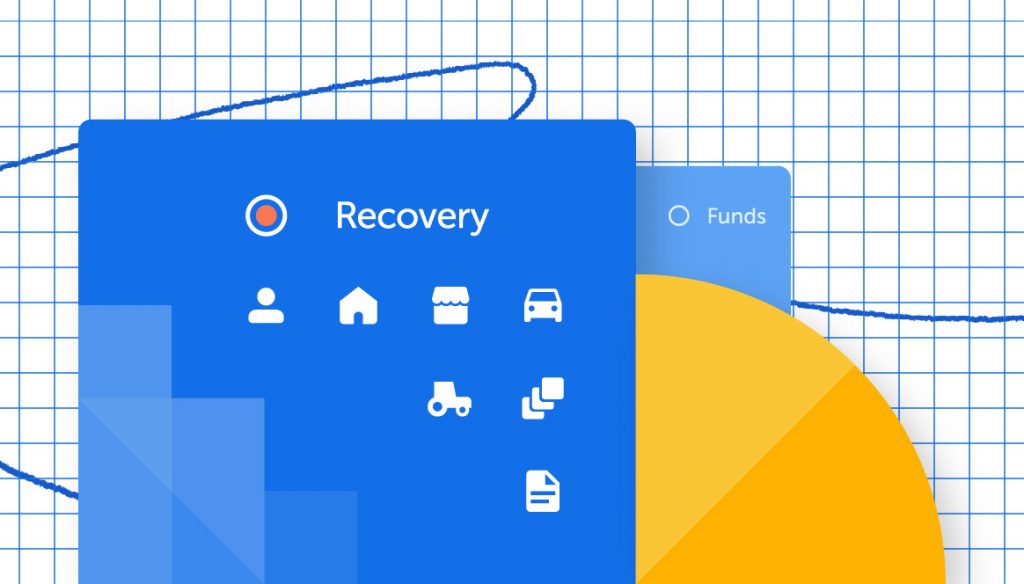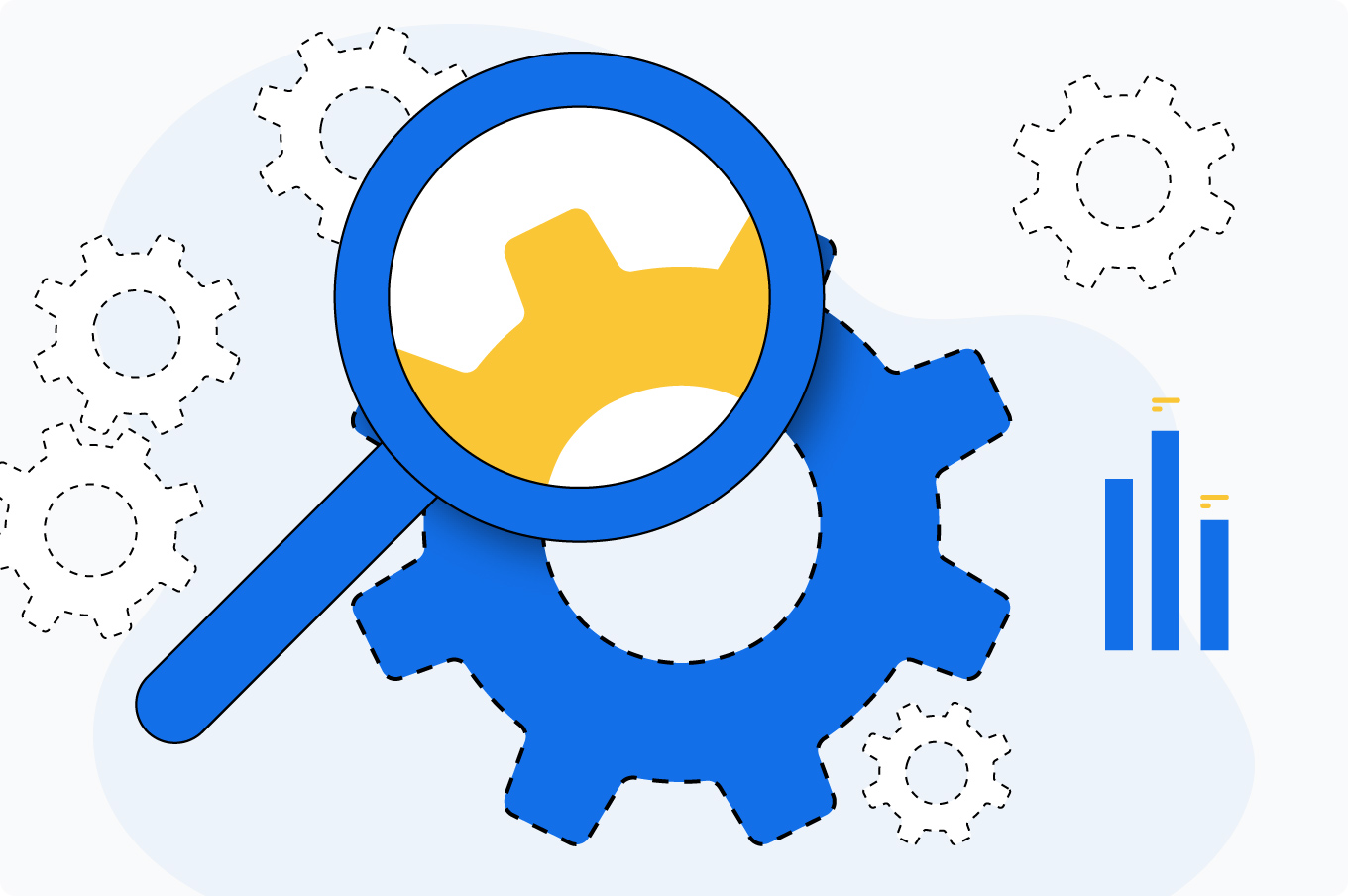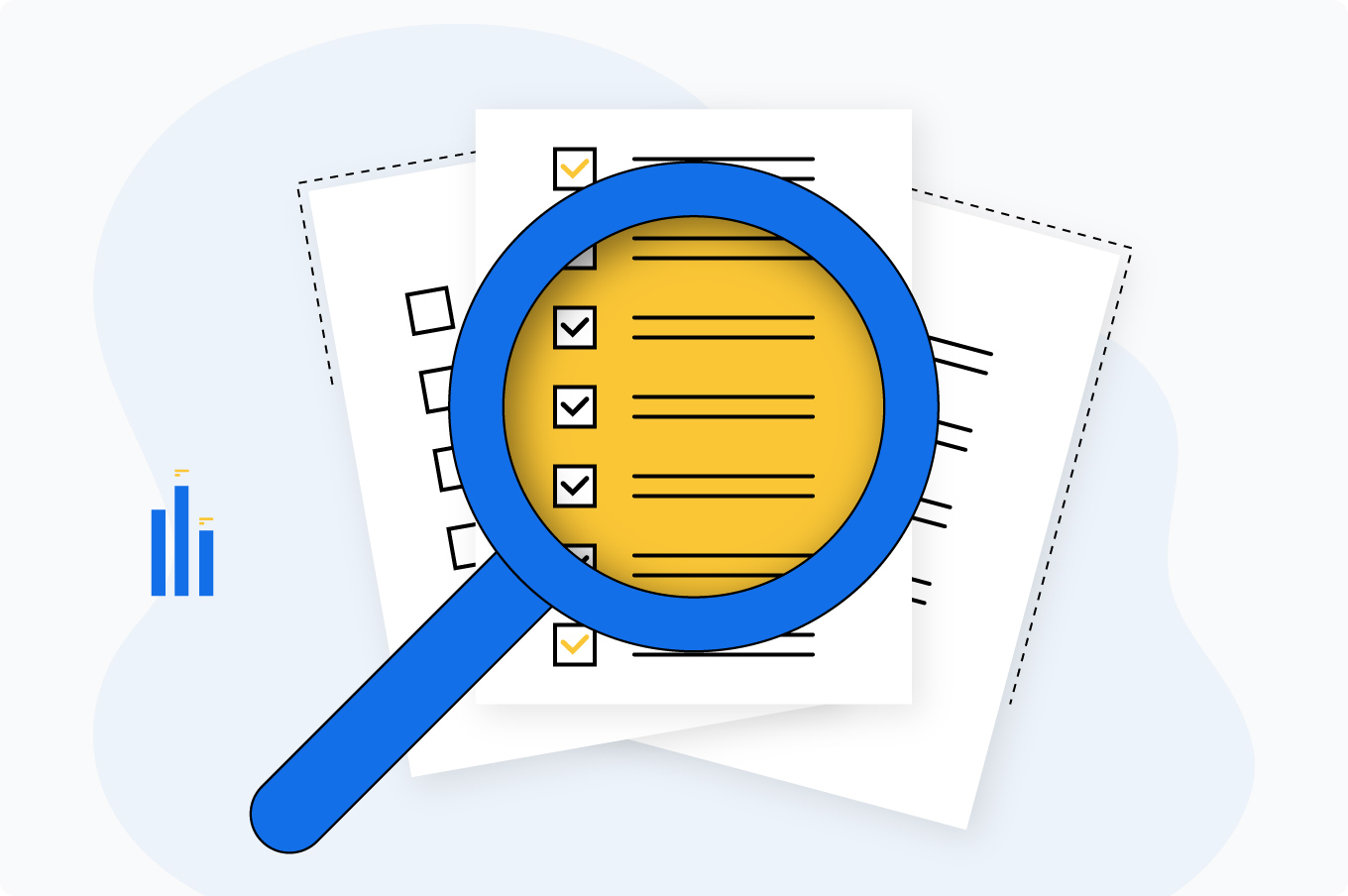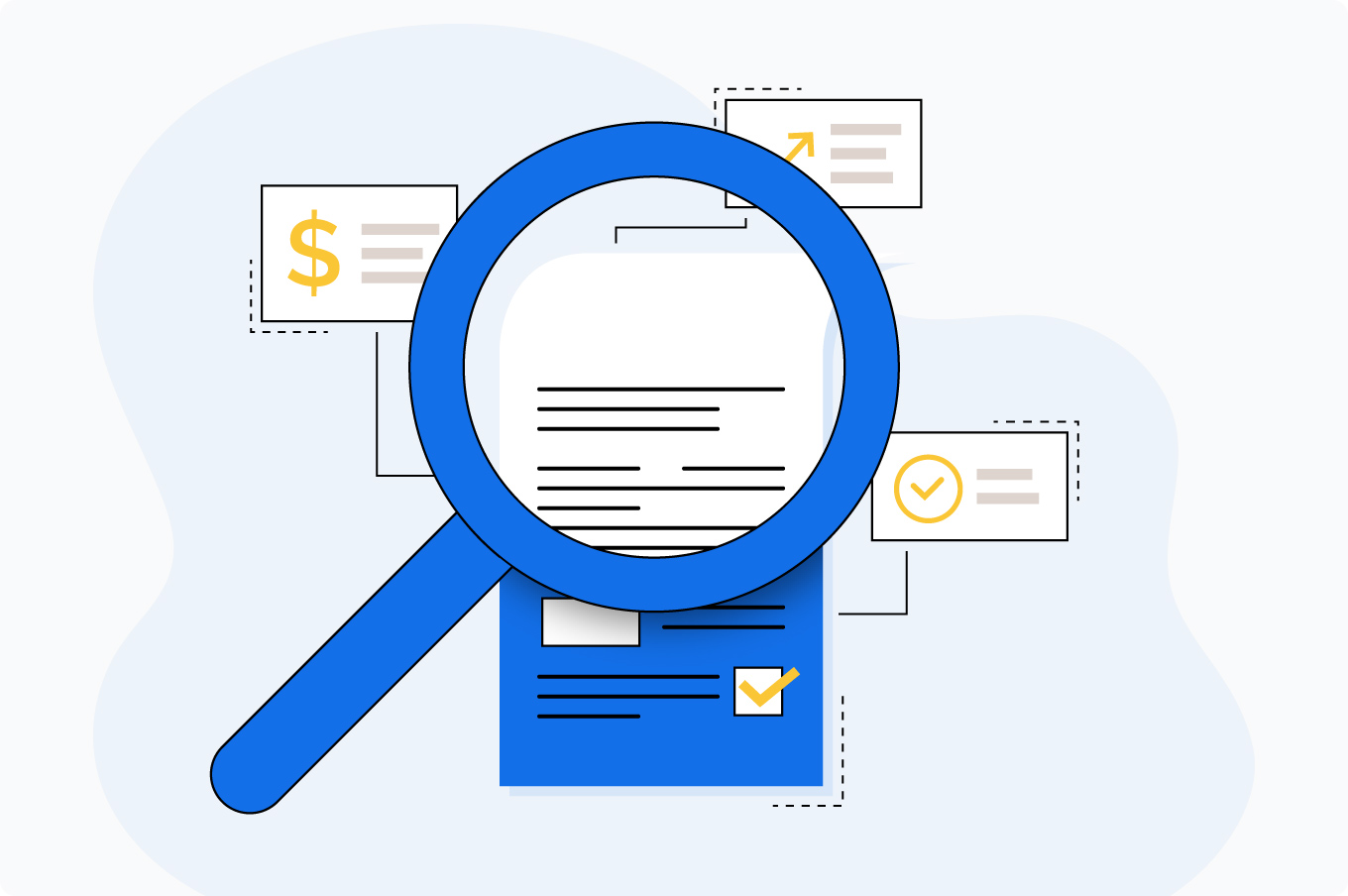In our previous article on due diligence, we explained the checks and vetting processes we carry out on Loan Originators and their loans – before and after joining the Mintos platform – to ensure they meet the highest standards of responsible, compliant and sustainable operations. Even with our careful precautions and high demands on their performance, unforeseen circumstances – such as the unprecedented impact that COVID-19 is having on the economy – can lead to Loan Originators facing difficulties in fulfilling their obligations towards investors on Mintos. In these cases, recovering investors’ money is our top priority.
To help our investors better understand what exactly Mintos does and the process we follow, this article breaks down the four stages of action we take when problems are identified with a Loan Originator on our platform, and our measures to resolve the issue and recover investors’ funds.
Stage 1: Monitoring and identifying potential issues
We monitor Loan Originators and their loan performance on an ongoing basis. This includes monthly reviews of their loan book performance, as well as real-time monitoring via an Application Programming Interface (API) through which Loan Originators connect to the platform. We also take into account any internal or market developments that may affect a Loan Originator’s business. Even small indications of a decline in performance can give way to bigger problems, so something like a change in management or amendments to local laws and regulations would be enough to catch our eye and merit extra attention on that Loan Originator and its loans.
Mintos has an extensive catalogue of trigger events concerning the loan performance and Loan Originator’s business, financial and market performance that would cause us to take action. These triggers can be quantitative or qualitative in nature. For example, a deterioration in financial performance constitutes a quantitative trigger, while a sudden negative development in the market or downturn of the economy would be considered a qualitative trigger. Some examples of these might include a covenant or contractual breach, deviation from the Loan Originator’s forecasted business volumes, deterioration in loan portfolio quality, changes in financial performance, or negative information about the Loan Originator, to name just a few.
When a trigger event happens, we start analyzing the situation immediately.
1. What caused the problem, and how does it impact the loan performance and Loan Originator’s operations and financial standing?
2. Is the Loan Originator able to solve the problem?
3. Is the Loan Originator’s management committed to fulfilling its obligations of servicing the loans and transferring the borrowers’ repayments and buyback price to investors on Mintos?
If the quality of a Loan Originator’s loan portfolio goes down, you would ultimately expect to see a drop in profitability. Over a prolonged period this would have a significant impact on the company’s ability to operate. Our findings during the monitoring stage may give Mintos grounds to revise a Loan Originator’s risk rating or take some of the other actions that we will look more in-depth next.
Stage 2: Taking action
After having a thorough understanding of the situation, we can proceed according to the trigger catalogue. Mintos takes action with the following levels of escalation as necessary:
- Level 1
For an initial concern that needs further assessment, our first response would be to limit the amount of loans that the Loan Originator offers on the Mintos platform while we monitor how the situation develops. The Loan Originator may still be offering good quality loans, but we want to know that they’re not over-extending or relying too heavily on Mintos for all of their business, since this could suggest financial insecurity elsewhere.
- Level 2
The second level of escalation would be to ask the Loan Originator to reduce the amount of loans they offer on Mintos. This can either happen organically as loans mature and are not being replaced or at an accelerated pace where we request the Loan Originator to repurchase certain loans. Again, we’d continue to monitor the situation closely.
- Level 3
The third level of escalation would be to stop the Loan Originator from offering new loans on Mintos altogether. This puts significant operational pressure on Loan Originators, as they would not be able to fund their loan issuance through Mintos.
- Level 4
The ultimate escalation of action is called suspension. If a Loan Originator isn’t transferring borrowers’ repayments in full, we’d suspend all Primary Market loans from being funded on the Mintos platform (meaning no new investments), and prevent their current investors from being able to sell loans from this Loan Originator on the Secondary Market. This minimizes the risk of other investors picking up a bad loan while unaware of the situation. We’d share the news of the Loan Originator’s suspension with investors, and update our Mintos Rating information to reflect the change.
Depending on the situation, Mintos may also terminate the cooperation agreement with the Loan Originator. In these circumstances, Mintos may request the Loan Originator to immediately repurchase all outstanding loans from investors on Mintos.
Throughout this whole stage of actions, the Loan Originator will typically continue to service the loans, and transfer repayments to Mintos to forward to investors. If the Loan Originator is not able to transfer borrowers’ repayments in full we may try to set up extended repayment terms for those amounts, which we’ll look at in the next section.
Stage 3: Seeking a resolution with the least amount of investor disruption
If a Loan Originator is suspended or is no longer able to transfer borrowers’ repayments to investors, we carefully assess each situation before making any judgment calls. If investors are facing a significant risk of loss, we would consider whether the loss could be avoided by implementing a restructuring solution with the Loan Originator, to negotiate the repayment terms. In the case of restructuring, we’ll work together with the Loan Originator’s management team to find an optimal solution to enable full exposure recovery and reduce the risk for investors.
Often the best solution from an investor’s perspective is if Mintos can negotiate a repayment schedule for the amounts that have not been transferred to investors. As part of this, we may also agree on additional collateral, personal guarantees from the shareholders, or we might introduce additional requirements, covenants and conditions that the Loan Originator must stick to while repaying the exposure amount. We’ll always push for these repayments to happen sooner rather than later, but we also want to be sure that it’s feasible for the Loan Originator to stick to it. For this purpose we always try to verify that the financial projections provided by the Loan Originator as part of the repayment schedule are aligned with the amortization schedule of the loans. Agreeing on a schedule of repayments has advantages over pursuing a legal route, since the chances are higher that investors will get their principal plus interest back and it typically takes less time to recover the funds.
We will also invoke a Loan Originator’s group guarantee (if applicable), unless we conclude that it can’t be fulfilled given the circumstances that have led to the performance problems. In situations where invoking a group guarantee wouldn’t improve the recovery for investors, or might even exacerbate the situation, we may refrain from invoking group guarantee. This could be the case if the group does not have enough assets to cover the group guarantee, or invoking the guarantee would negatively affect the group’s business and lower investors’ chances of recovering in full and faster. The group guarantee is effective for the entire duration of the cooperation agreement with Mintos, and we may invoke it at any moment during our recovery process if we conclude that it would improve recoveries.
To avoid complications, it’s preferable that the Loan Originator continues to service the loans they offer. By this, we mean the Loan Originator retaining ownership of the normal system of collection and payments; collecting the money from borrowers themselves, and sending repayments to Mintos, who then forwards these to investors. However, if necessary and practically viable, Mintos may take over the servicing if the Loan Originator goes into insolvency, for example. In this case, we would arrange for collection of repayments from the borrowers via a third-party collection service and transfer them directly to investors.
Taking a Loan Originator to court
Some investors may wonder, why not pursue litigation in the first place? The answer is that this is not a quick and easy solution and there’s no guarantee of it ending in the best interests of the investors. Compared to litigation – a process which can take years to resolve and can result in significant loss for the investors – extending the repayment schedule is actually a better option if the goal is to get our investors’ money back as fast as possible, and with the best chance of recovery as an outcome.
Extending or renegotiating the payment schedule also means that it’s possible for the Loan Originator to come back to the Mintos platform if they act with integrity, meet these newly agreed repayment terms and can demonstrate that they’re back on track over a period of time. For instance, in cases where a Loan Originator has been negatively impacted by a one-time external occurrence – but had strong performance and offered high-quality loan opportunities until this point – giving them a chance to recover means investors won’t miss out on viable investment opportunities in future. Naturally, we’ll update our Mintos Ratings to be transparent about a Loan Originator’s past performance.
Updates on negotiations with Loan Originators
When it comes to negotiations in businesses of any kind, confidentiality is common practice, and it’s the reason why we can’t give investors detailed real-time updates about the progress being made, although we share key highlights whenever possible. Tipping our hand could give the Loan Originator the upper hand when we ask them to pay out to investors sooner rather than later. That’s why the progress of these negotiations needs to remain confidential until after an agreement is reached, because revealing our intentions too soon could jeopardize the chances for the best outcome for investors.
Stage 4: Legal proceedings
Although it’s always better to reach an agreement with the Loan Originator without going to court, we are prepared to take the legal route if necessary. At this point, our legal team pursues litigation – and like all legal proceedings – this can be a long process since Mintos would be claiming money back through a third-party on our investors’ behalf. Litigation comes with the risk that the full investment amount may not be recovered, and the rules can vary depending on the country that the Loan Originator is registered in.
Recovery costs
In some cases, we may decide to hire third parties to help recover investors’ funds, such as external lawyers or loan servicers. In the event of a successful recovery, these external costs would be withheld from the repayments. We carefully consider whether incurring any such costs is in the best interest of investors, and the compensation can’t exceed the recovered amount.
Our promise to investors
In all cases, we will do our best to find a solution that offers investors the best chance of recovering their money. We apply the same rules when dealing with all Loan Originators. All investments carry risk and although we do our best to minimize this, no investment platform can guarantee that 100% of the investment opportunities they offer will be successful, particularly in financially turbulent times. We’ll continue to listen carefully to Mintos users’ feedback, and be transparent about our processes.





